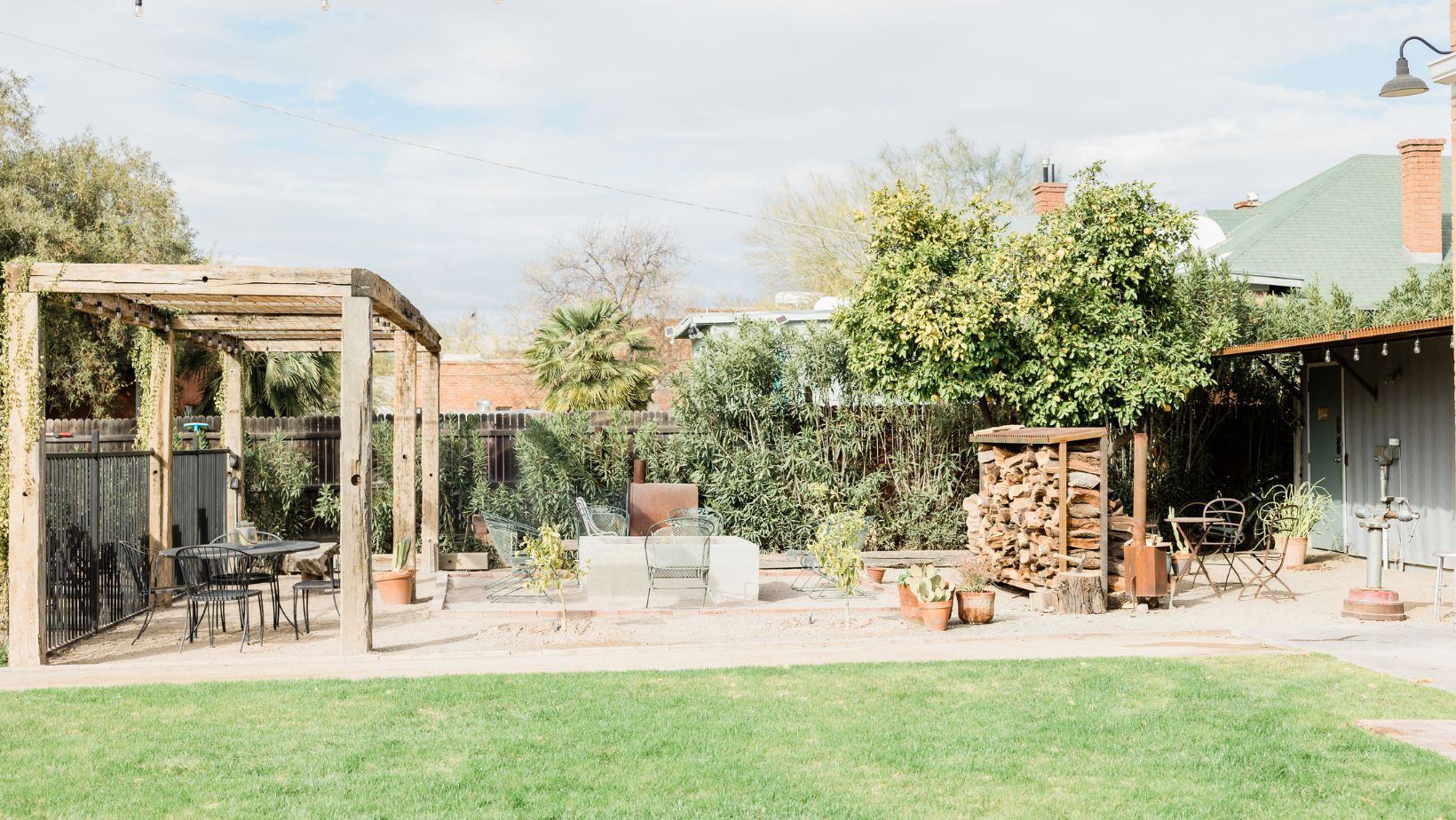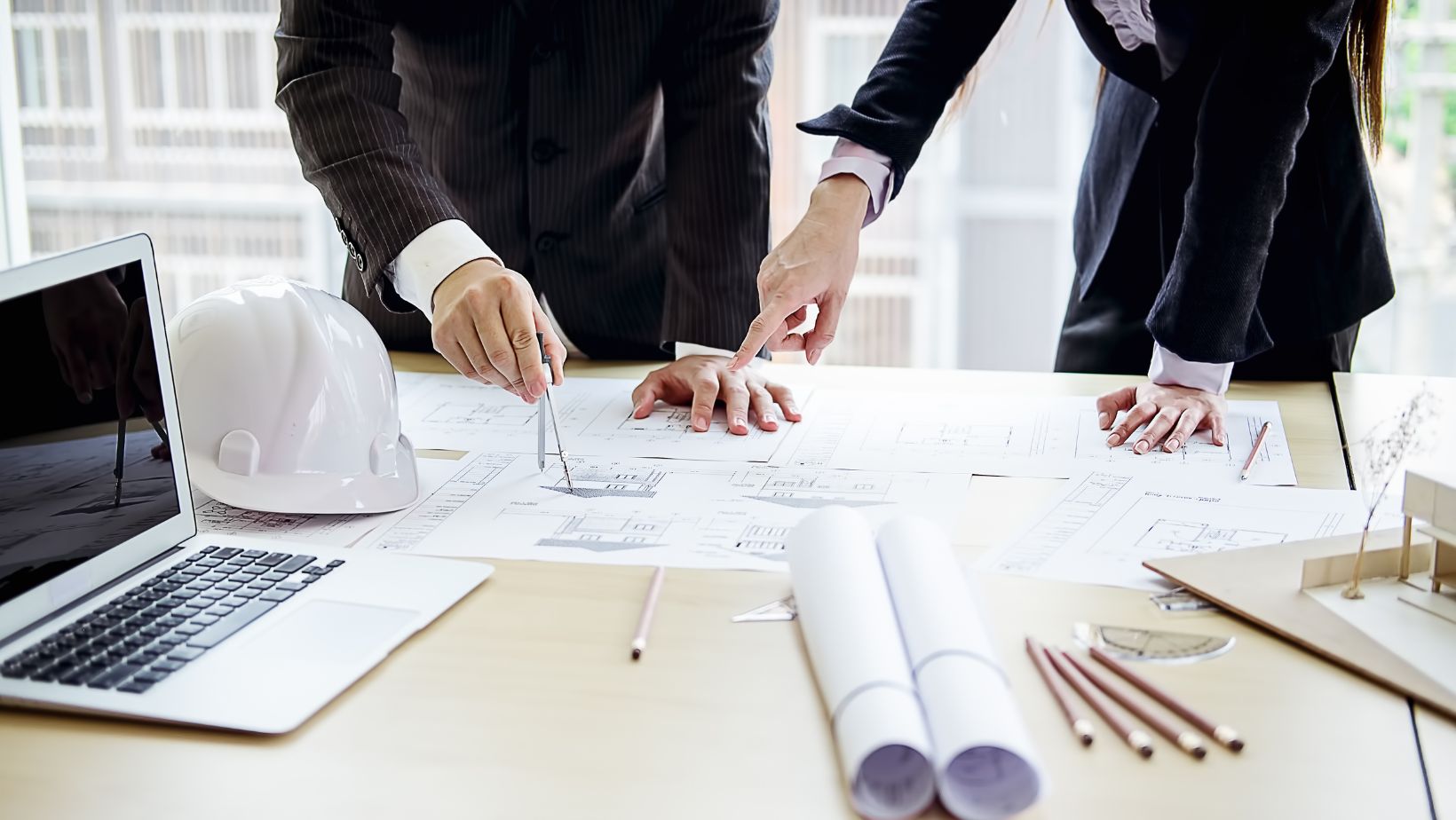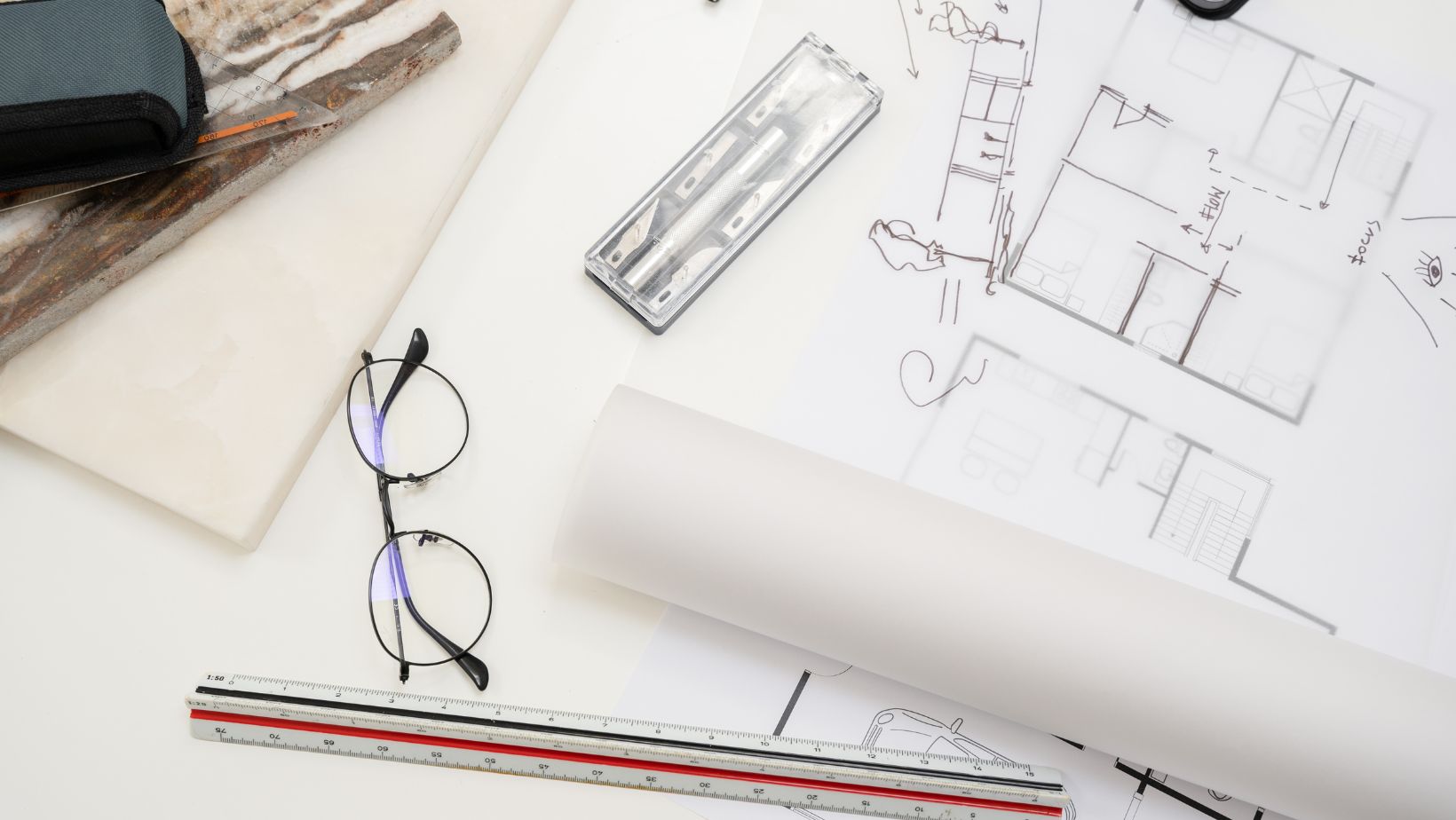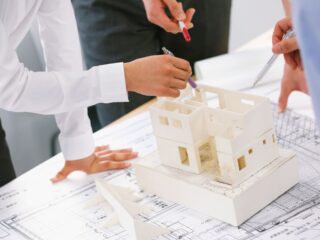
Modern patio designers are taking advantage of technology to create more accurate and detailed visualisations of their designs. This has revolutionised the way in which patios are designed and built, making the process more efficient and cost-effective than ever before. By using 3D modelling software, designers are able to create virtual representations of patios, allowing clients to see exactly what their new patio will look like before any construction work begins.
One of the major benefits of using technology to visualise patio builds is that it allows for greater accuracy and attention to detail. With 3D modelling software, designers can create highly detailed representations of patios, including accurate measurements and precise details of materials and finishes. This means that clients can get a much better idea of what their new patio will look like and can make more informed decisions about the design and materials they want to use.
Another advantage of using technology to visualise patio builds is that it allows for greater collaboration between designers and clients. By using virtual reality technology, clients can experience a realistic simulation of their new patio, allowing them to make changes and adjustments to the design before any construction work begins. This means that clients can be more involved in the design process, leading to a more personalised and tailored end result.
Patio designs by Abel Patios and other well-known patio builders in the industry are all being created with this technology in mind, making the final products more appealing and pushing the overall design boundaries forward.
Innovative Design Software
Modern patio designers are using innovative design software to create stunning visualisations of their builds. These tools are allowing designers to create 3D models and virtual reality walkthroughs, giving clients a realistic preview of their outdoor space before construction even begins.
3D Modeling and Rendering
One of the most popular design software tools used by modern patio designers is 3D modeling and rendering software. This software allows designers to create detailed 3D models of their designs, which can be viewed from any angle. This not only helps clients to visualise the final product, but it also allows designers to identify any potential design flaws before construction begins.
With 3D modeling and rendering software, designers can also experiment with different materials, colours, and finishes to create the perfect patio design. This software also allows designers to create accurate cost estimates, which helps clients to stay within their budget.
Virtual Reality Walkthroughs
Another innovative design software tool used by modern patio designers is virtual reality walkthroughs. This technology allows clients to experience their patio design in a fully immersive virtual reality environment.
Virtual reality walkthroughs are created by combining 3D modeling and rendering software with virtual reality technology. This allows clients to walk through their patio design, experiencing the space as if they were actually there. This technology is particularly useful for large and complex patio designs, where it can be difficult to visualise the final product from a 2D drawing.
Overall, innovative design software is revolutionising the way that modern patio designers create and visualise their designs. With 3D modeling and rendering software and virtual reality walkthroughs, clients can now see exactly what their patio design will look like before construction even begins.
Smart Integration
IoT in Outdoor Spaces
Modern patio designers are increasingly incorporating Internet of Things (IoT) technology into their designs. IoT devices such as smart lighting, weather sensors, and irrigation systems can be integrated into outdoor spaces to create a more comfortable and convenient environment for homeowners.
Smart lighting systems, for example, can be programmed to turn on and off automatically based on the time of day or the amount of natural light available. This not only saves energy but also creates a more welcoming atmosphere for homeowners and their guests.
Weather sensors can be used to monitor temperature, humidity, and other environmental factors in real-time. This information can be used to automatically adjust irrigation systems, ensuring that plants and grass receive the optimal amount of water without wasting resources.
Automated Systems Control
Automated systems control is another area where modern patio designers are leveraging technology to create more efficient and convenient outdoor spaces. Automated systems can be used to control everything from lighting and irrigation to security cameras and entertainment systems.
For example, a homeowner could use their smartphone to turn on the outdoor speakers, adjust the lighting, and start the irrigation system all at once. This not only saves time but also ensures that everything is set up exactly how the homeowner wants it.
Overall, smart integration is a key trend in modern patio design. By incorporating IoT devices and automated systems control, designers are able to create outdoor spaces that are not only beautiful but also functional and efficient.
Sustainability and Technology
Eco-Friendly Materials Simulation
Modern patio designers are increasingly using technology to simulate the use of eco-friendly materials in their designs. This allows them to assess the environmental impact of their designs before construction begins. By using virtual reality and 3D modeling software, designers can create accurate simulations of their designs and test the use of various materials.
One of the most significant benefits of using eco-friendly materials is that they are sustainable. These materials have a lower environmental impact than traditional materials, and they are often made from renewable resources. By simulating the use of these materials, designers can ensure that their designs are environmentally friendly and sustainable.
Energy Efficiency Planning
Another way that modern patio designers are using technology to promote sustainability is through energy efficiency planning. By using software to simulate the energy consumption of their designs, designers can identify areas where energy can be saved. This can include the use of energy-efficient lighting, heating, and cooling systems, as well as the use of renewable energy sources such as solar panels.
Energy efficiency planning not only reduces the environmental impact of patio designs but also saves homeowners money on energy bills. By designing energy-efficient patios, homeowners can reduce their energy consumption and save money in the long run.
Overall, the use of technology in patio design is helping designers to create environmentally friendly and sustainable designs. By simulating the use of eco-friendly materials and planning for energy efficiency, designers can reduce the environmental impact of their designs and promote sustainability.








